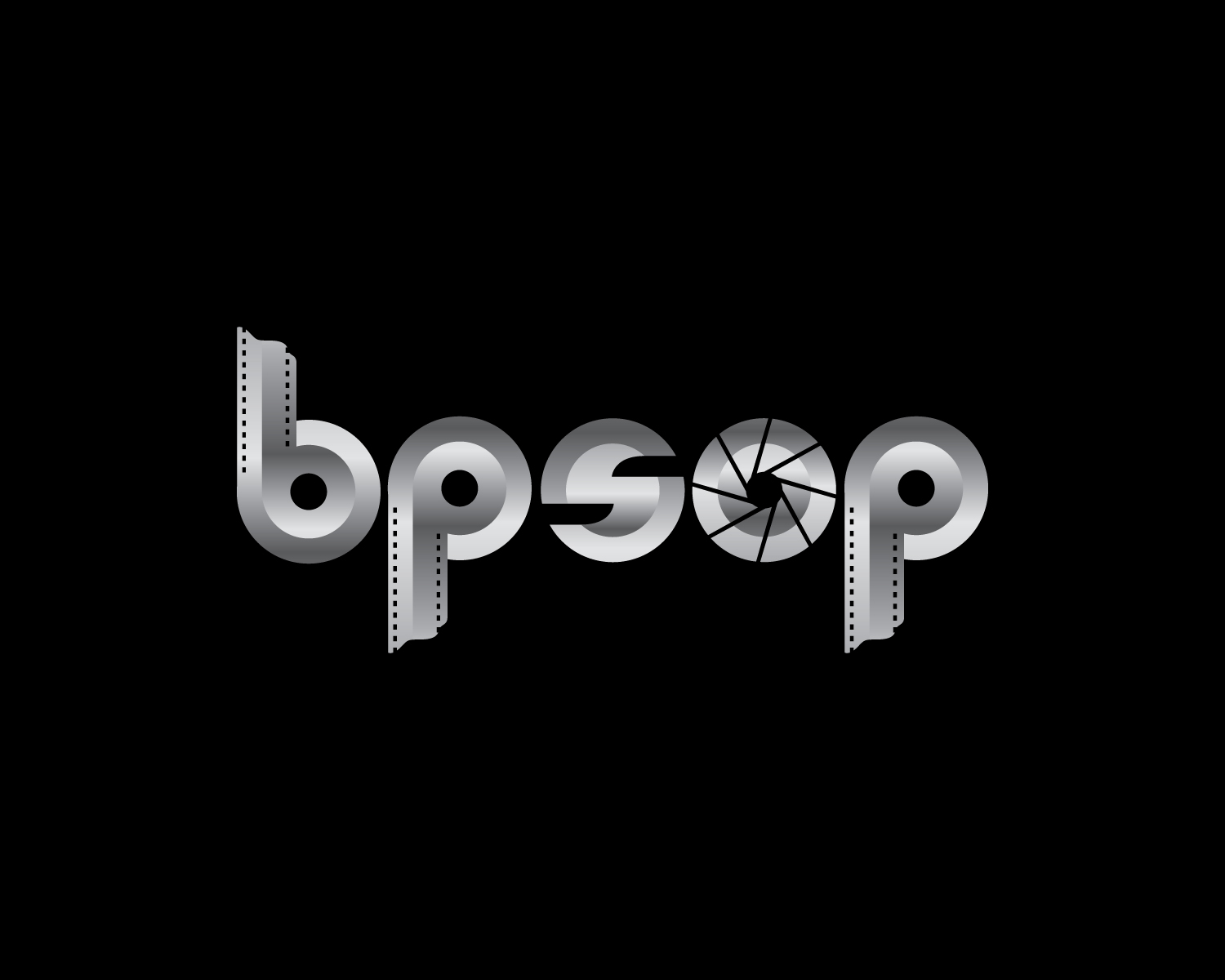Class, I don’t think you got the definition that goes with the second lesson, so here it is:
Well, here we are in week two. This is the start of really thinking and “SYFOM”.
Now we work on all the ways to create Visual Tension and Depth.
DEPTH is controlled perspective.
In general terms, perspective refers to the relationship of objects. This description is what we’ll deal with in the second week’s lesson. It’s not the definition that’s important here. What’s important is how to control perspective, and use it as a tool to make our photographs stronger. Since the camera has one eye, that being the lens, it can only see in two dimensions: height and width.
By controlling perspective we can imply a third dimension by adding depth, as well as the illusion of space and distance. In other words, we can “trick the eye” into seeing more like our eyes and less like a camera. What we want to accomplish is to create layers of interest which in turn creates depth. There are, however, some situations where the representation of depth has no use such as landscapes and faces.
There are several ways to create depth: manipulating LINE (a fundamental element of design), value, or color can create the illusion of depth. Depth can also be generated by cutting, dividing, or rearranging the space. Overlapping shapes or objects (one of my favorites) create depth. The arrangement of lights creates the illusion, as when light is contrasted against dark values.
Color can create the illusion of depth by placing bright or warm saturated color near the front of the scene. As color recedes into the background, its value becomes less saturated and finally becoming bluish gray as it reaches the horizon.
The best way by far is the wide-angle lens. Hands down, the wide-angle lens is the best tool in your bag to create the illusion of depth. They can manipulate perspective by altering space and distance. They can also offer maximum sharpness from the foreground all the way to the background.
By anchoring the subject in the foreground, you can create layers of interest. A wide-angle lens will help to transform and sometimes distort an object and its surroundings from what the object would look like with a normal focal length lens. A quick word about distortion: A lot of people fear wide-angle lens because of the distortion. Controlled distortion is something to embrace, not fear. It’s another way a photographer (artist) can alter reality to strengthen your image. It’s a form of expression, not a flaw in the medium.
Try to incorporate all the different ways to create Tension, and don’t forget to use the elements you worked on in week one. They will always be on your “Artist Palette” and lodged somewhere in the back of your imagination.
Here are some examples of creating depth:
VISUAL TENSION:
There’s really not much of a definition that goes along with this element of good design and composition. Tension gives your photograph strength and intensity. A simple equation would be that Tension = Energy. It’s a psychological force that used correctly, can be another important term on the old artist palette. Tension is what we feel when we look at objects that are not in harmony, or not at rest. When composing your photograph, tension refers to the positioning of the physical elements in our frame and the feeling within us of the spatial relationships to each other.
A great example of Tension is a photograph of the Leaning Tower of Pisa. Because it’s leaning we feel that it might tip over at any moment. The anticipation mixed with the feeling of unrest creates the Tension we feel when looking at the photograph. That’s the easy part to remember. The hard part is keeping up with all the different ways to incorporate Tension into your photography because there are a whole lot of them. The ones you usually read about are:
Putting your subject in a reflection
Combining opposites such as big and little, rough and smooth, totally unrelated objects in the composition
Putting the subject near the edge of the frame
Minimizing Negative Space
The use of light
Using body language and or gestures
Framing your subject with a frame
Contrast can generate Tension
Peak of action
Capturing a moment in time and leaving it uncompleted
And finally, as Henri Cartier Bresson put it…The Decisive Moment
Like I said, a boatload of them. Master and memorize all of these, and I guarantee you better images will come out of your camera, no matter how many pixels it has.
See if you can match some of my examples to the different ways I’ve listed.
Also, don’t forget to take your new “15PPP” with you…and think about the “Border Patrol” and the Four Corner Check.
You can incorporate a VP in your thinking if you want this week as well as ALWAYS REMEMBERING NS/PS.
Remember that you’re out there “making pictures” not just taking them.

Questions?
JoeB

